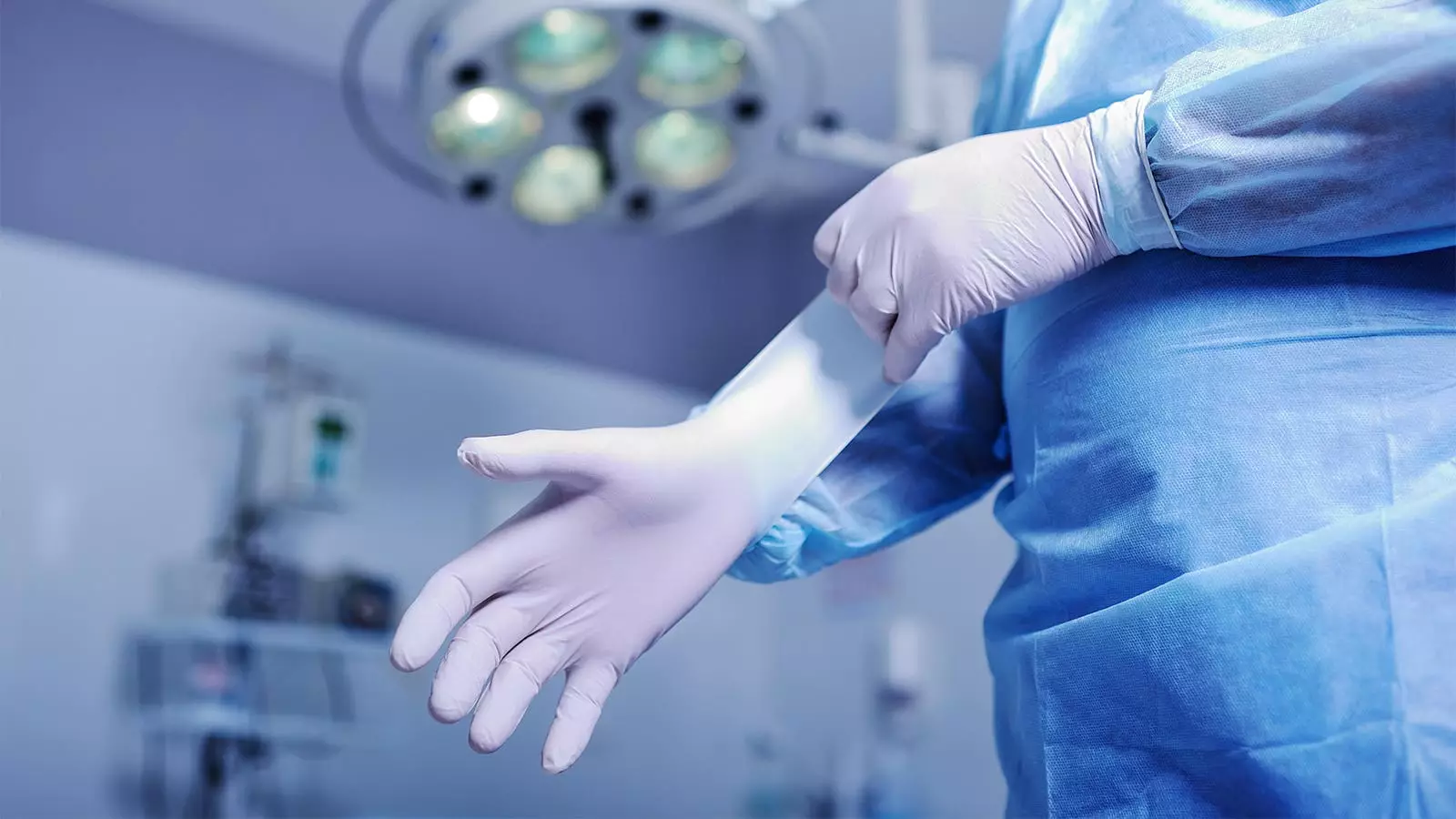The use of live animals in surgical residency programs has been a controversial issue that has gained attention in recent years. Despite advancements in technology, some programs still rely on live animal models for training aspiring surgeons. A case in point is the Oregon Health & Science University (OHSU), which continues to use live pigs for various surgical procedures. The Physicians Committee for Responsible Medicine (PCRM) has been advocating for an end to the practice of using live animals in surgical training programs. However, OHSU and other institutions argue that there are certain procedures that cannot be effectively taught without the use of live animals. But is this really the case?
While some institutions defend the use of live animals by claiming that certain procedures cannot be replicated using simulators, PCRM argues that the advancements in technology have made it possible to create lifelike simulators that can effectively teach surgical skills. The ethical concerns surrounding the use of live animals in surgical training cannot be ignored. The repeated use of live pigs for procedures such as chest tube placement, gallbladder removal, and the use of surgical cameras raises serious ethical questions. The fact that these animals are killed after the procedures only adds to the controversy surrounding their use in surgical training.
The Viability of Non-Animal Training Methods
PCRM has pointed out that there are alternatives to live animal models that are both effective and humane. For example, simulators based on human anatomy have been developed that replicate human organs, skin, and blood, allowing for realistic tissue handling and practice of procedures. These simulators have been shown to be equivalent or even superior to live animals in teaching surgical skills. In addition, cadavers can also be used for surgical training, providing a realistic and ethical alternative to live animals.
Despite the availability of alternatives to live animal models, some surgical residency programs continue to use live animals for training. The resistance to change in these programs raises questions about the underlying reasons for their continued use of live animals. PCRM has offered to provide demonstrations of non-animal training methods, such as the EnvivoPC perfused cadaver model, to institutions like OHSU. However, the reluctance of some programs to adopt these alternatives suggests a deeper issue within the programs themselves.
The Future of Surgical Training Without Live Animals
As more institutions move away from the use of live animals in surgical training, the future of surgical education looks promising. The success of programs that have adopted non-animal training methods demonstrates that it is possible to train surgeons effectively without the need for live animals. The ethical and practical implications of using live animals in surgical training programs cannot be ignored, and it is time for institutions to prioritize the well-being of both patients and animals in their training methods. By embracing alternative training methods, institutions can uphold the highest standards of surgical education while also promoting ethical practices in medical training.


Leave a Reply